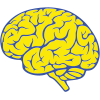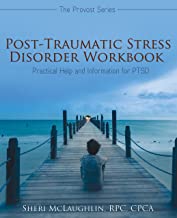Post Traumatic Stress Disorder
Cluster Number:
Wiki Number: PW173
Diagnosis: Posttraumatic Stress Disorder
US Patients: 3.5% in a given year; 3.9% over a life-time;
World Patients: Much higher where wars have occurred.
Sex Ratio: M;W+. After rape, about 19% develop PTSD
Age Onset: less likel to develop PTSD if traumatic event occurs before age 10;
Brain Area: women with smaller hippocampi; more norepinephrine; brain shrinkage, but hyperactive amygdala.
Symptoms: after a traumatic event, thoughts, dreams, mental or physical distress, changes in thought, increased fight-flight, self-harm, suicide
Progression: intrusive, recurrent recollections, flashbacks, and nightmares; depression, anxiety and mood disordersl drug or alcohol abuse
Causes: previous rape or child abuse; war, refugee status; death of a loved one; cancer, heart attack, stroke;child in chronic illness’s parents
Medications: antidepresssants and SSRI’s help 50%;
Therapies: Eye Movement Desensitization and Reprocessing helped 50% in children and adolescents.
Youtube Video: 3 Ways to Manage PTSD Triggers
Amazon or Library Book: Post-Traumatic Stress Disorder Workbook
Click the book to link or order from Amazon.

